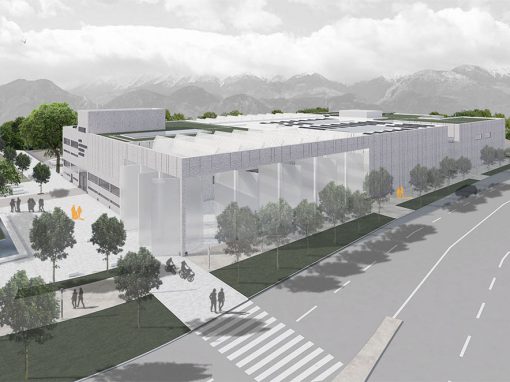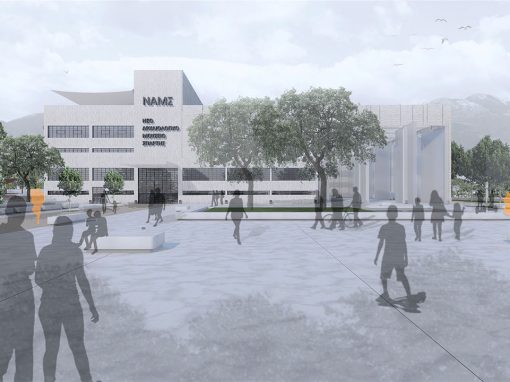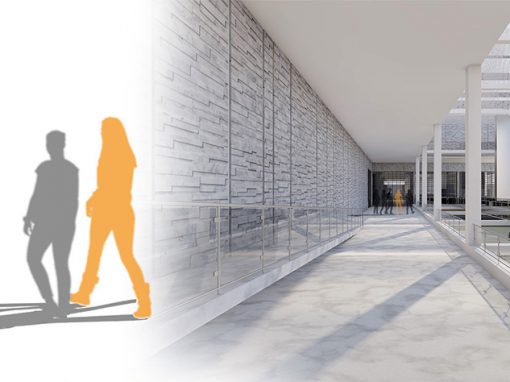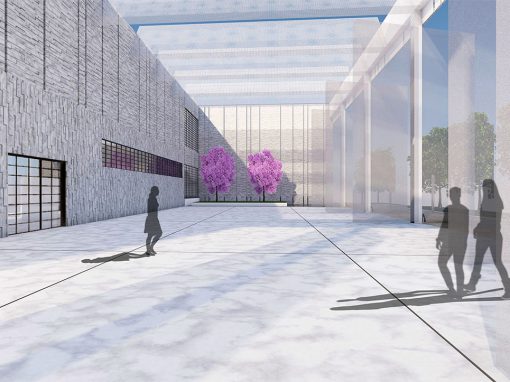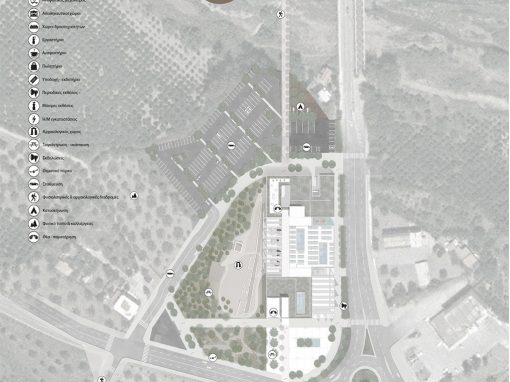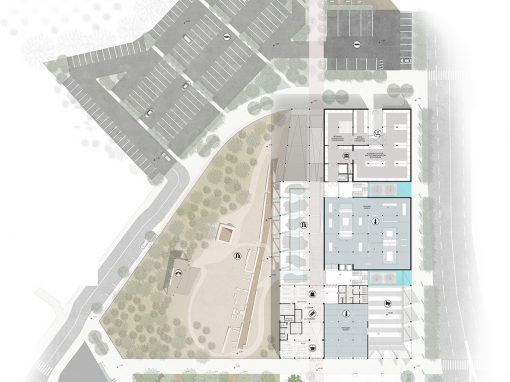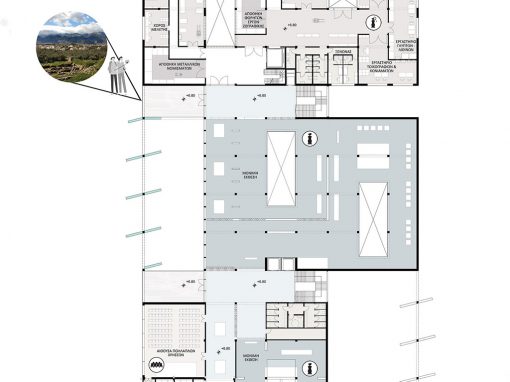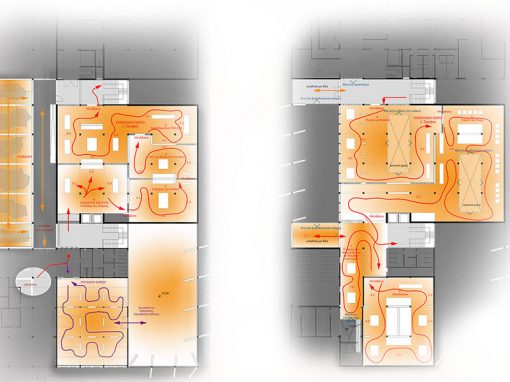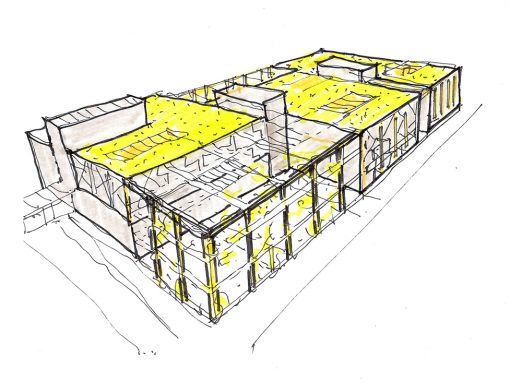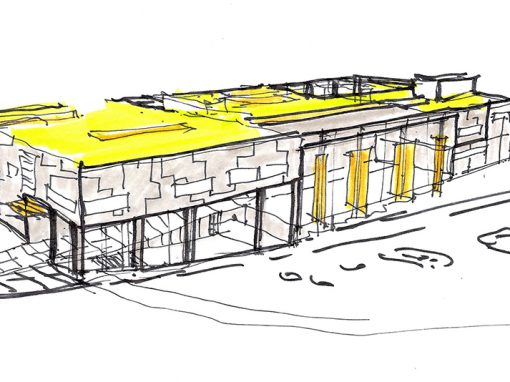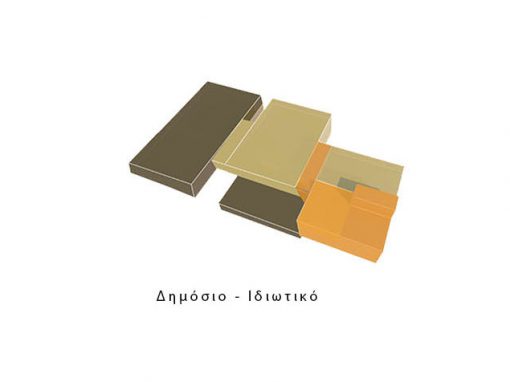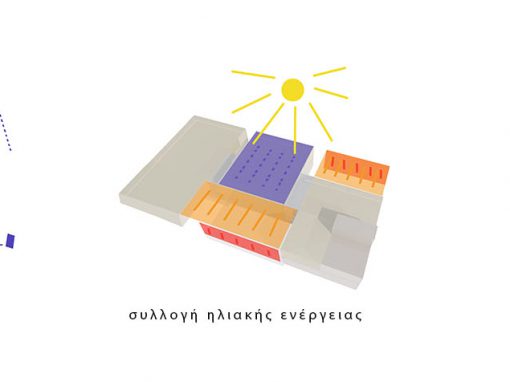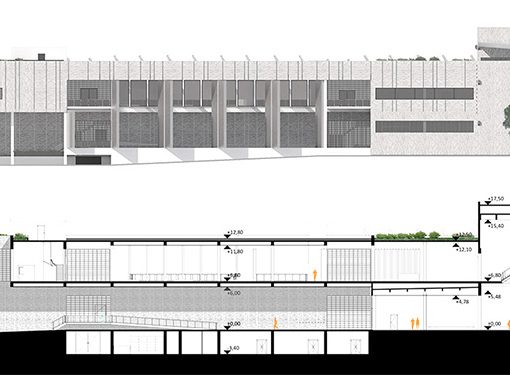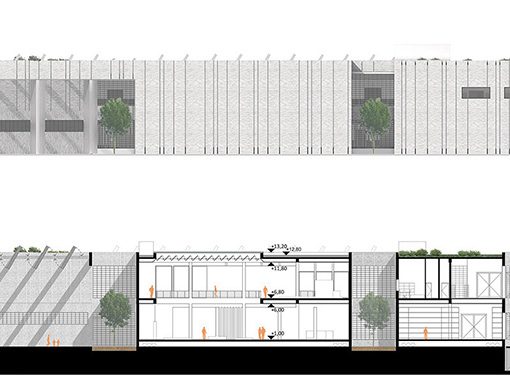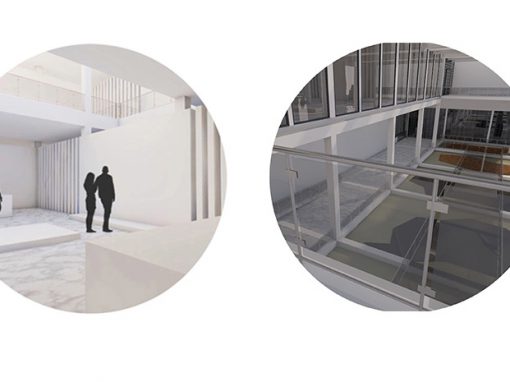
YEAR
2019STATUS
DesignSITE AREA
14.245 sq.m.BUILD UP AREA
9.560 sq.m.TYPE
MuseumLOCATION
Sparta, Greece
New Archaeological Museum of Sparta NAMS
architecture | culture and education | leisure and tourism
YEAR
2019STATUS
DesignSITE AREA
14.245 sq.m.BUILD UP AREA
9.560 sq.m.TYPE
MuseumLOCATION
Sparta, Greece
Urban Approach. The New Archaeological Museum of Sparta NAMS, consists of a contemporary building complex that encloses the Architectural Monument of CHIMOFIX by the Greek architect Takis Zenetos, built in 1957, and along with the outdoor site will constitute the main attraction of the city of Sparta, as well as the new landmark of the broader region and is going to attract internal and external tourism because of the museum value as well as its contemporary design.The building is located on a parallel axis with the National road of Sparta-Tripoli on the Eastside, creating thus an interesting view to the highway, revealing the character of the New Museum to the visitor of the City, a tall barrier of local trees is developed to soundproof and isolate the building from the Highway.
The main entrance is located on the south and it consists of an open square-park as an ending to the route from the Acropolis to Eurotas river. The square gives prominence to the main elevation of the preserved building of Zenetos but also to the way that it converses with the new shell of the museum, transforming it into a public space which acts as a decompression space for the café. Α grid of stimuli of recreational, cultural and archaeological interest is formed, that transforms the New Museum into a new meeting point.
On the west side of the area lie the archaeological findings which are emphasized by placing packed soil along the ancient road. The archaeological space combined with the mosaic exhibitions are the epilogue of the narrative of the visitor’s stroll, which concludes on an elevated space-kiosk, a viewing platform of the surrounding space.
Towards the north side of the site, the parking area is placed along with a camping park for the archaeologists and visitors, while on the same time it constitutes the conclusive point of the route where the visitor has the chance to follow the traces of the ancient road towards the rest of the archaeological sites of the region.
The creation of a connective archaeological route that commences from the scattered archaeological findings in the city, passes through the Acropolis, find its peak with the visit to the museum and finally concludes to specially formed platforms on the river where the visitor can enjoy the natural Laconical landscape, playing a vital role on the design of the museum. Our main route is defined by the tower of the preserved building of CHIMOFIX, which is the main reference and starting point of the project and is designed in a linear track, on the trace of the tower. It collects the visitor from the city and through the museum leads him to the river.
Architectural approach. The museum building emerges through the recognition and intent of highlighting the ideal proportions of the existing Zenetos building and defining it as a unit, which is repeated to shape the new areas of the Museum and the workshops and storage spaces. The main element is the tower of the CHIMOFIX building, which is used to define the axis of movement and the entrance, the zones of movement and to visually distinguish the three volumes. The element of the tower is repeated in the new building not only in the form of a ledge but also as a hole, sometimes as a bright atrium and sometimes as a skylight to achieve adequate natural lighting.
The CHIMOFIX building accommodates open spaces for the public and the entrance and exit of the Museum, while the second building contains the backbone of the museum exhibit and the third one the laboratories and storage space.
The three different modules form a single overall volume through their single materials exterior with stone and brick and in semi-open spaces with removable panels. The composition of the overall volume combined with the differentiation of materials make up the new Museum, giving it a monumental character and setting it as a landmark for the city.
Museum exhibition organization. The showrooms are housed on the ground floor and first floor of the new building, while occupying a portion of the eastern part of the existing one. Visitors move from the existing CHIMOFIX building to the first floor of the new enclosure where the view of the Acropolis and the wider natural landscape is framed.
The rectangular layout of the floor plan allows for the development of free flexible spaces, with the ability to change qualities and flexibility in the organization of the exhibition. The system of walls consisting of light fixed mobile elements, with opaque and translucent sheets between the structural grid, allows visual communication between spaces, which also contributes to the smooth transition of the visitor from one room to another, but also offers freedom of movement within the exhibition without a strictly defined path.
